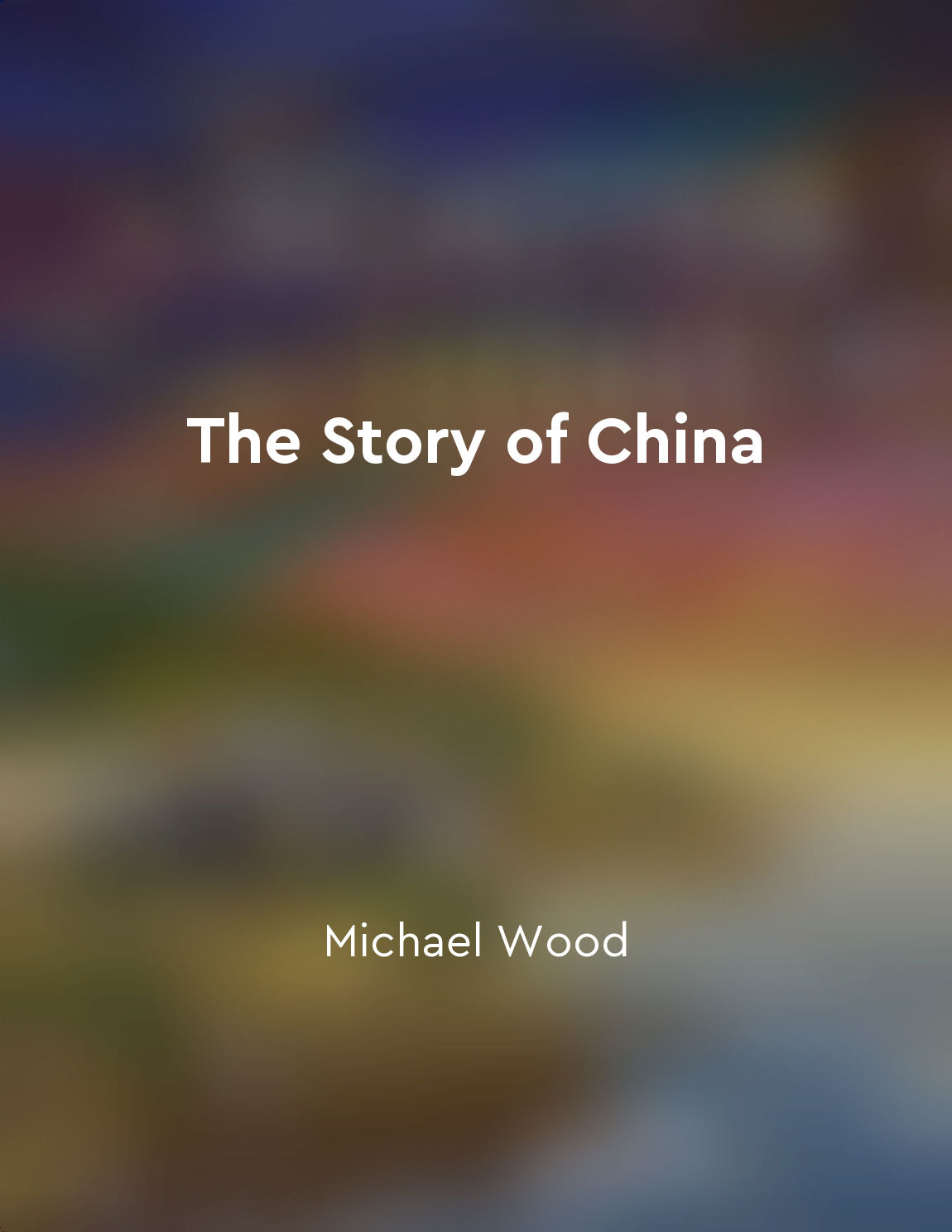East and West interconnected through commerce from "summary" of The Silk Roads by Peter Frankopan
The exchange of goods and ideas between East and West has been a fundamental part of human history. From the earliest days of civilization, trade routes have crisscrossed continents, connecting people and cultures. The Silk Roads, stretching from China to the Mediterranean, were just one example of this interconnected web of commerce. They allowed for the movement of silk, ceramics, spices, and other luxury goods, as well as the spread of religions, technologies, and philosophies. The Silk Roads were not just about the exchange of physical goods; they also facilitated the transfer of knowledge and innovation. The transmission of ideas between East and West had a profound impact on the development of both regions. For example, the introduction of papermaking from China revolutionized the way information was recorded and disseminated in the West. Similarly, the spread of gunpowder and printing technology from the East had far-reaching consequences for warfare, communication, and cultural exchange. The Silk Roads were not just a series of isolated trade routes; they were a vast network of connections that linked distant lands and peoples. Merchants, scholars, pilgrims, and conquerors traveled along these routes, forging alliances, establishing empires, and shaping the course of history. The Silk Roads were a crucible of cultural exchange, where East met West and ideas were transformed and reinvented. The Silk Roads were more than just a commercial enterprise; they were a force for political, social, and cultural change. The movement of goods and people along these routes led to the rise and fall of empires, the spread of religions and philosophies, and the blending of cultures and traditions. The Silk Roads were a dynamic and ever-evolving system that connected East and West in ways that continue to resonate to this day. The legacy of the Silk Roads is still visible in the modern world. The global economy, with its interconnected supply chains and markets, can trace its origins back to the ancient trade routes that crisscrossed Eurasia. The Silk Roads continue to shape our world, connecting East and West in a complex web of commerce, culture, and ideas.Similar Posts
Government interventions impacted business decisions
Throughout history, the Indian government has played a significant role in shaping business decisions in the country. Various i...
Food security is a driving force in societal growth
In seeking the answer to the question of why some societies advanced while others lagged behind, we must consider the crucial r...
Trade routes shaped the course of history
Throughout history, trade routes have played a crucial role in shaping the world as we know it today. These routes, connecting ...
Cold War tensions divided East and West
The Cold War was a period of intense rivalry between the United States and the Soviet Union that dominated global politics for ...

The founding of the Republic of China marked the end of imperial rule
The founding of the Republic of China in 1912 signaled a pivotal moment in Chinese history. For over two thousand years, China ...
